Everyone can make a difference! Contact your local Parks and Rec Department to volunteer and help make our world a litter greener :)
|
It's a beautiful day in San Francisco, so why stay inside?! MCS headed out to our local lake to help the Parks and Rec Department clean up an island. With help from our P&R Rep, students learned which plants were invasive and which ones should be left to flourish. We spent hours removing long plants of ivy and meddlesome grasses to make sure native flowers and plants had room to thrive. Our students had so much fun getting down with the soil, some of them even asked to stay longer! Everyone can make a difference! Contact your local Parks and Rec Department to volunteer and help make our world a litter greener :)
1 Comment
We're off to save the ocean! For the past month, MCS students have been working so hard on their Ocean Ambassador projects, and this week they finally got to showcase their work! The Ocean Ambassador Program at the Marine Mammal Center in Marin helps to inspire middle school students to become spokespeople for the environment, and jumpstart a new generation of young scientists. Our students, along with students from other local middle schools, created a variety of projects focused on saving marine life around us to share with others, and inspire them to stand up for our animal friends! By inventing new things, fundraising with handmade novelties, and even building board games, students at MCS were able to share their concern about the ocean with other schools and students. Collectively, our students raised over $400 for the Marine Mammal Center, which will go towards researching environmental conservation and providing homes for many of our displaced animals. MCS even caught attention from other schools with one of our students' Ocean Fact Mad Libs, which will hopefully be used to teach kids in other places about protecting the environment! We are so proud of these guys, and all their hard work! Yay saving the environment!
Our natural resources are drastically depleting, and MCS is taking steps to help preserve them! This past week, students and teachers when on a Marsh adventure to study the world around them and plant native greenery to help restore the environment. Knowing the difference between native and non-native plants is extremely important, as planting non-native plants in an already struggling environment could cause drastic damage to the ecosystem. By planting and replanting native plants, MCS students were able to maintain the marshlands without disrupting it's natural ecosystem. While working in the marshlands, students also learned a lot about the animals and other creatures living there. The Salt Marsh Harvest Mouse, which only lives in the San Francisco Bay, is slowly going extinct because it's habitat is being neglected and in some cases demolished. Currently, there are only 2000 of them left! Hopefully with our help, and that of other concerned biologists, we can save this little creature from extinction. Get involved and sign up to help preserve our wetlands here today!
As the days grow colder and we start bundling up, it's the perfect time to get a head start on helping out our parks for Spring! At MCS, we spend a lot of our time outdoors, and care a lot about the world around us. This week, MCS students got down in the dirt to help the local Parks and Rec Department clean up Golden Gate Park in preparation for making paths for pedestrians. Creating these paths will help keep foot traffic off the greenery, and preserve the nature of the park for years to come!
 Hey again! Another update from us here at MCS! Recently, we've been focusing human impact and the positive effects it can have on our environment. We wanted to see what kind of difference one class can make by diving in head first. MCS took took to the neighborhood and began Plogging! What's Plogging you ask? Plogging is a Swedish sport of jogging and litter collection made popular as part of a recent trend in fitness and environmental conservation. In a two-mile span, we were able to collect 12 big trash bags of trash in under an hour! Now that's a workout! 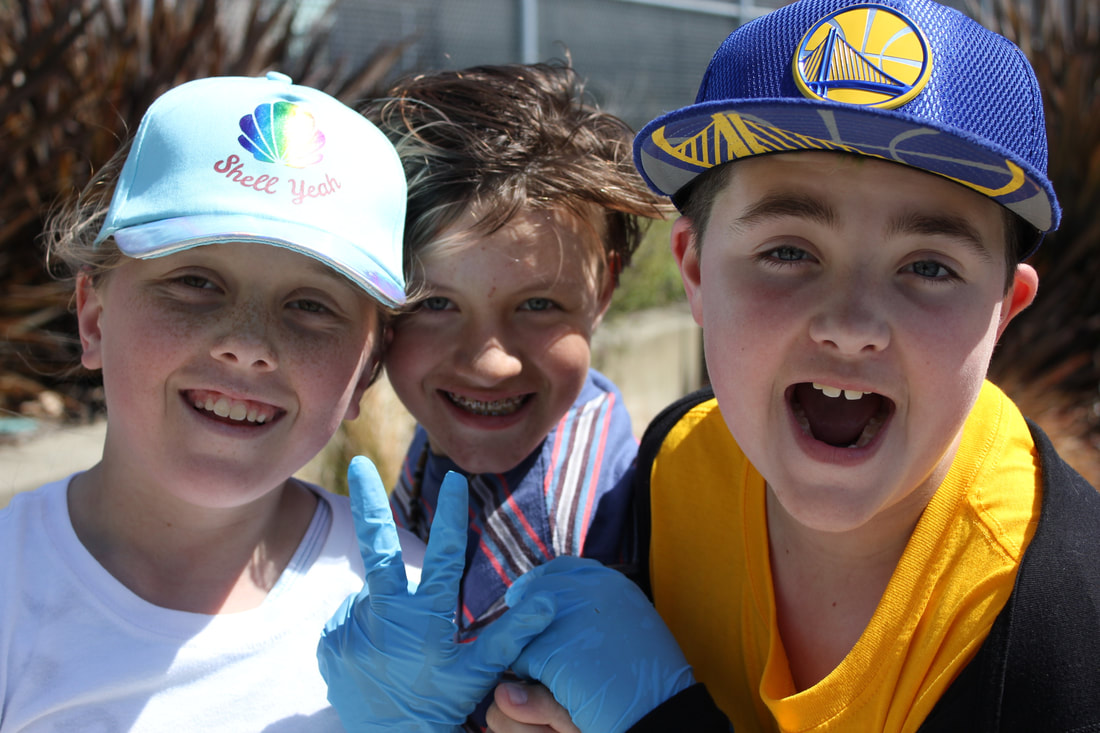 To see how others have been making positive Human Impacts in our community, we also too a trip to our local food bank to help package food for delivery to families in need. Students took a tour of the warehouse, and learned about how the food bank functions to aid families. With the help of MCS students and other volunteers, the food bank was able to package over 1400 lbs of food that will be sent to families all over the Bay Area! To find out how you can get involved, visit the SF-Marin Food Bank website here, or contact your local food bank warehouse!
Students volunteer to help distribute food in our local community. Students help restore downtrodden pathways in Golden Gate Park to give park-goers a safe way to explore the park. We keep our school clean! Students work together to help collect leaves on Fulton Playground, and prep for creating our garden.
During the 2016-17 school year My City School's student body and staff donated over 196 hours of community service. In that time, we collected and bagged food for over 120 local families at RDNC. We scooped, weighed, bagged, sealed and boxed rice for over 130 households in need of food in SF; We saved 27 trees in the Presidio, while removing invasive species. On the MLK shoreline we removed invasive plants, planted 100 seedlings, and collected over 70 lbs of trash from the Bay and local neighborhood. The Presidio Save The Bay - Martin Luther King Jr. Shoreline SF Food Bank Richmond District Neighborhood Center (RDNC) See some of our local neighborhood cleanup photos in our 2016-17 Year Highlights section along with the corresponding human impacts math...
August
We kicked of the 2015-16 school year with an MCS picnic at Aquatic Park. Families and students gathered the Saturday before the first day of school to connect with new and older members of our community and to strengthen current bonds between students and the MCS families. Students played catch, cards, shared summer stories and went swimming. We usually spend these few hours together at the beginning of each school year to re-familiarize the students and dramatically reduce first day jitters. We also spent a couple of energetic weeks on team building and exploration of student preferred learning styles at the Fulton Playground Clubhouse in the Richmond District (SF). Our Wellness class began by exploring each student’s preferred learning styles though a variety of hands on, multi – sensory activities. Our new students were surprised to learn about what their personal themes were, and motivational factors that showed up. Our returning students found themselves either diving deeper into their favorite themes or becoming interested in new topics. We also take a significant amount of time to teach students about their brain, what side of their brain they utilize most, and compared that to their past educational environments. This normalizes their past learning experiences and prepares them for a new more positive learning experience. September and October In art, students experienced painting landscapes in nearby Golden Gate Park, as well as spending time making observations of plant and animal adaptations. We enjoyed getting to know our new neighbors by supporting the Richmond District Neighborhood Center and volunteering in their food pantry for local seniors. As we eased into the school year, students started diving into their core subjects: math, literature, and science. They also began yoga, executive functioning, history, Brain Gym, basketball and wellness class. September and October were full of integrated learning. In History, we focused on the American Revolution, with literature being tied in through the novel Attack of the Turtle, which centered around the making of the first submarine. Students visited the USS Pampanito, a submarine, and the Balclutha, an early 1900’s cargo ship, both docked in SF. History and Science co-mingled as students looked at their own personal and family history and dove into DNA, genetics, and evolution; including natural selection and adaptations. Adaptation exploration was further examined during an ongoing community service project with Save the Bay and their SEED program, where local shoreline bird characteristic traits were observed and the students noted what helped the birds adapt to their environment. My City School would not be complete without multiple trips to our favorite museum, the California Academy of Sciences (CAS), where we deepen our current studies in science and history. We strive to drive curiosity and maintain motivation for learning through hands-on experience, thoughtful questioning, and reflective writing. We foster the scientific process particularly through CAS classroom kits. Students also excavated fossils and examined strata rock at the Mission Science Workshop and worked with USF science instructors for two sessions of individualized experiential leaning. Some of the critical thinking science questions students had to answer this month were:
At the start of the year, math was kept extra fun and engaging in hopes of alleviating anxieties around these subjects. We launched the math class with group activities to determine the strengths and weakness of each student and to get a clearer picture of Where they were with their learning in terms of computation and what they could apply. We used a combination of group games, hands on activities and individual work with our instructors. From there, we spent extensive time with students helping them understand that the math book to work from may be at a level where they are challenged but would not be overwhelming. For some students, this meant they were working a few grades below their grade level. They were assured that they would also be learning at or above their grade level during group review or independent work with the instructor. And, for students who had significant issues with math, they learned they would finally get some help and move beyond the issues and regain their confidence. One experience that is encouraged every year, is for returning students to explain how they had been working at a fourth grade level last year, but were now working at their current grade level (7th and 8th). It was so rewarding to hear our returning students assuring the new students they really would bridge the gap, have fun and stay positive in doing so. For new students who struggle in math, MCS spends much of the first half of the year:
As a result, students are able to break down a problem and identify the parts they know, and articulate what they need help with understanding. They also discover the difference between understanding and applying what they know versus just getting the work done. The biggest payoff of all is that they learn to use their math book for support and develop a rigorous work ethic During Language Arts, class starts, as it often does, with writing warm ups. For example, students listen to a short story, visualize it, draw their visualization, and then compare the picture they each created to the actual picture in the book. Another way class began was by building a word bank for common adjectives while tossing a ball among the group. Because picturing what one hears or is reading about is key to descriptive writing, MCS spends a significant amount of time building this strategy up at the beginning of the year. Students created a fantasy picture, wrote a descriptive essay about their art, then passed just the essay to a peer and had them draw what they imagined from the essay and compared the two pictures. Follow up discussions took place as a group to examine the differences and what words created the images. Grammar focused on sentence structure, punctuation, and adjective word building, all of which was incorporated in the descriptive writing. Executive Functioning (managing time and skill building) always begins with helping students establish their organizational structure for the year. Building self-awareness and identifying what the student’s strategies are when they hit a road block are key stepping stones to success for the year ahead. Following the foundation work in EF, we next focused on problem solving strategies. We continue with support for each student’s organizational needs and the building of healthy homework habits, which we expect to continue throughout the school year. Students were also introduced to a tool that they will use throughout their time at MCS called a Discussion Sandbox. It serves as a guide to develop their critical thinking, analysis and discussion skills. This is pulled directly from common core and students are expected to know all elements noted on the Sandbox fluidly by 9th grade. One example to build perspective and support flexible thinking, (connecting to history), students read the Flip Book Perspective on the American Revolution and George vs. George. Discussions took place examining each side’s perspective, while utilizing the Discussion Sand Box. The start of Yoga Class focused on introducing core strengthening exercises, posture and abdominal breathing to activate the Vagus Nerve. Each yoga class included relaxation techniques, and understanding what our bodies are telling us for a mind body/connection. Learning to identify how we feel, connecting this to our experiences and what this does to our heart rate, and chemistry, are a regular discussions in every yoga class. At My City School, we approach yoga from an individual and group experience level. Warm ups include stretching, strengthening exercises, posture and breath work. Once complete, students practice group poses which foster team building and learning to rely on each other, self advocacy and trust. |
Categories
All
Archives
June 2022
|



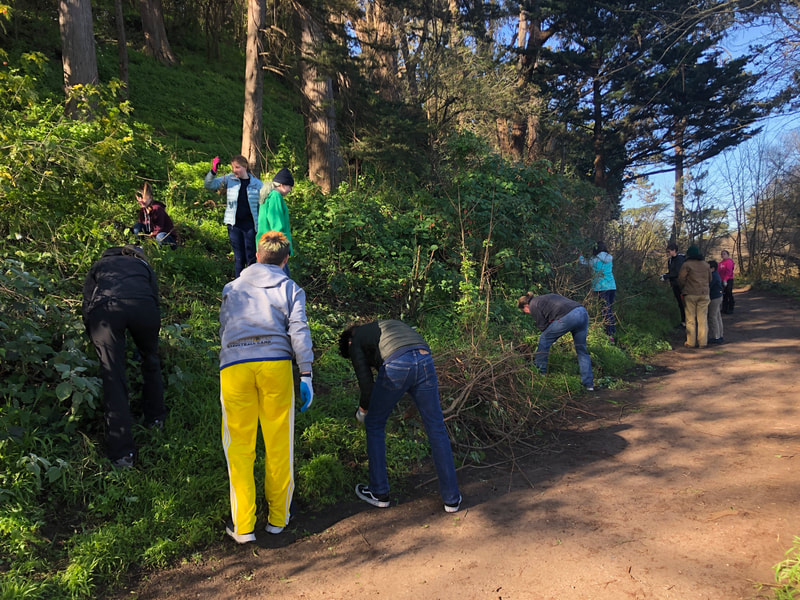





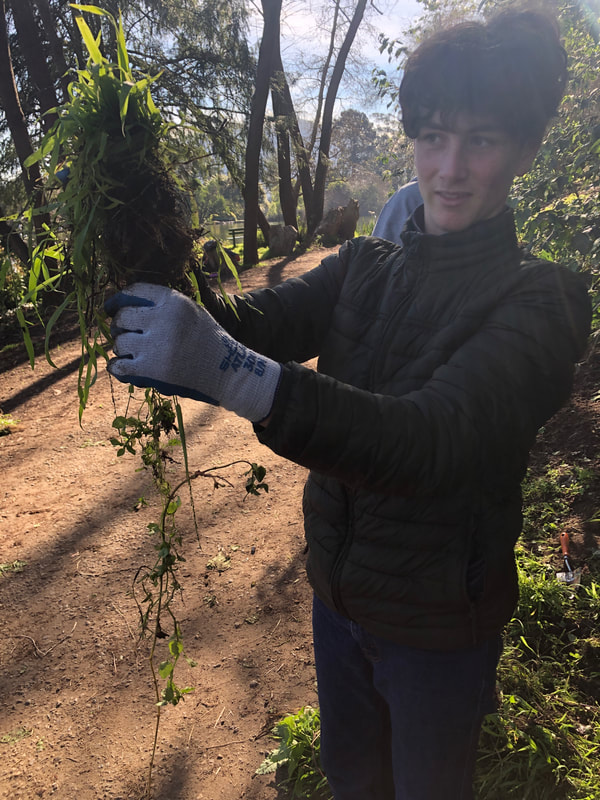






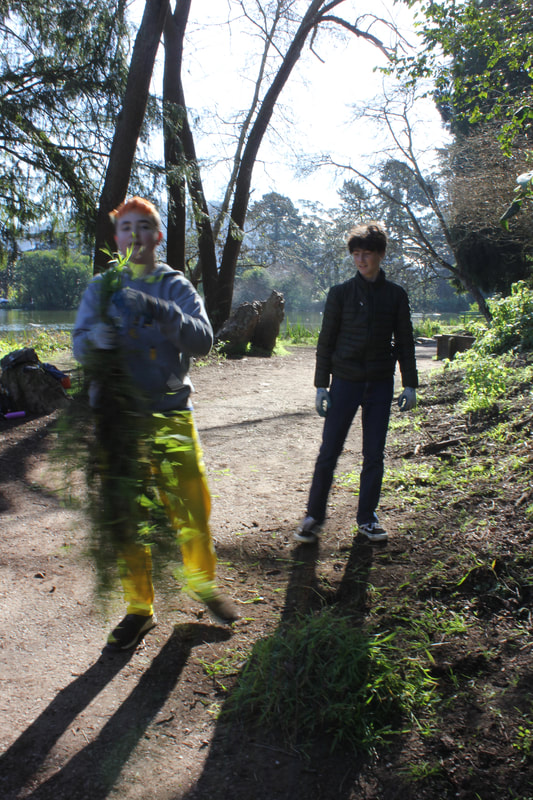
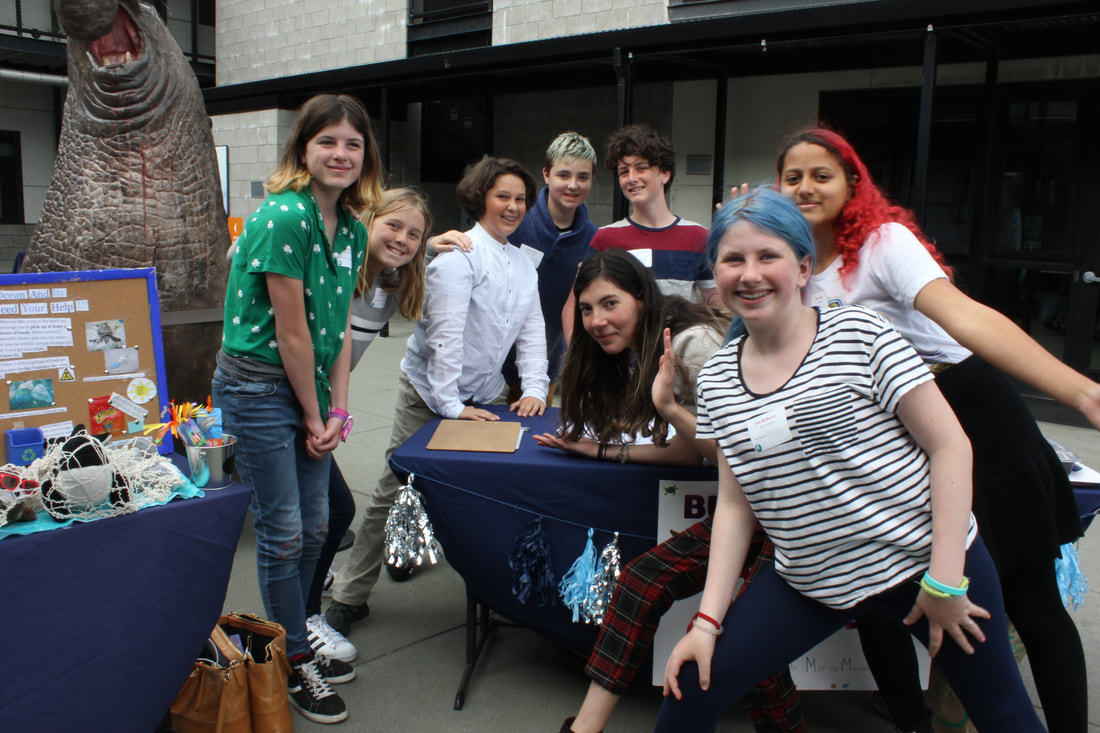

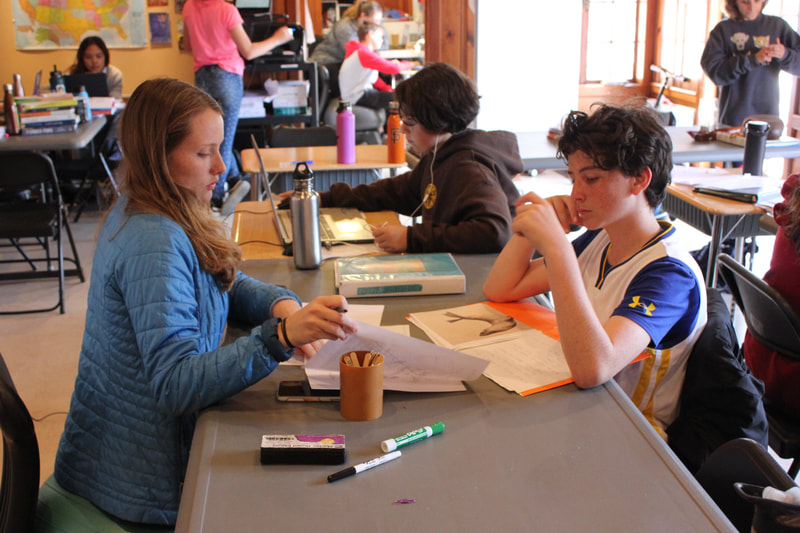
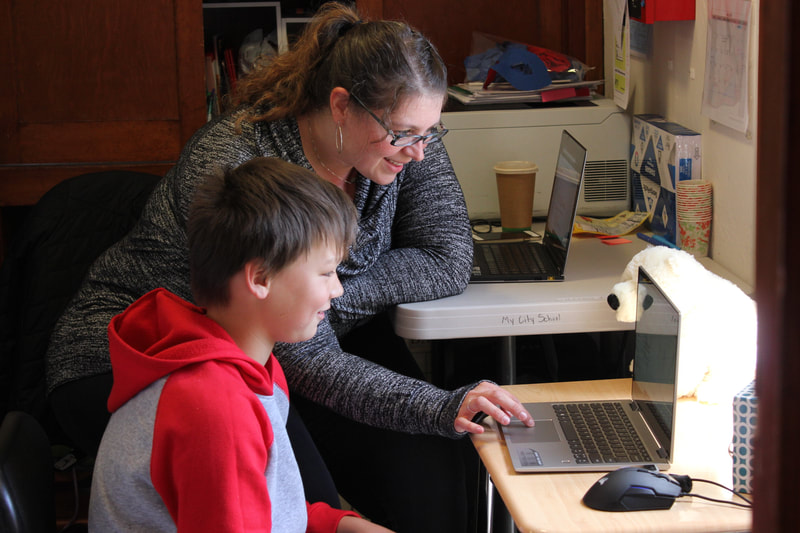

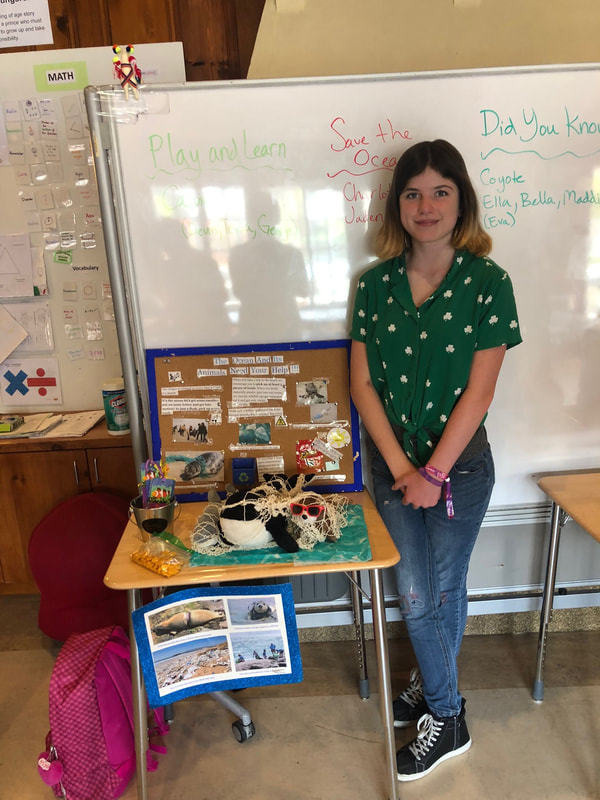
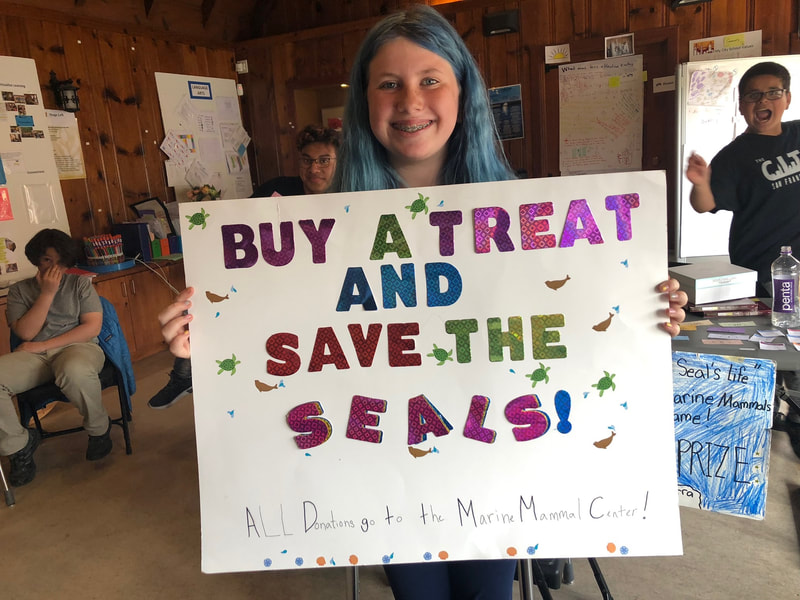





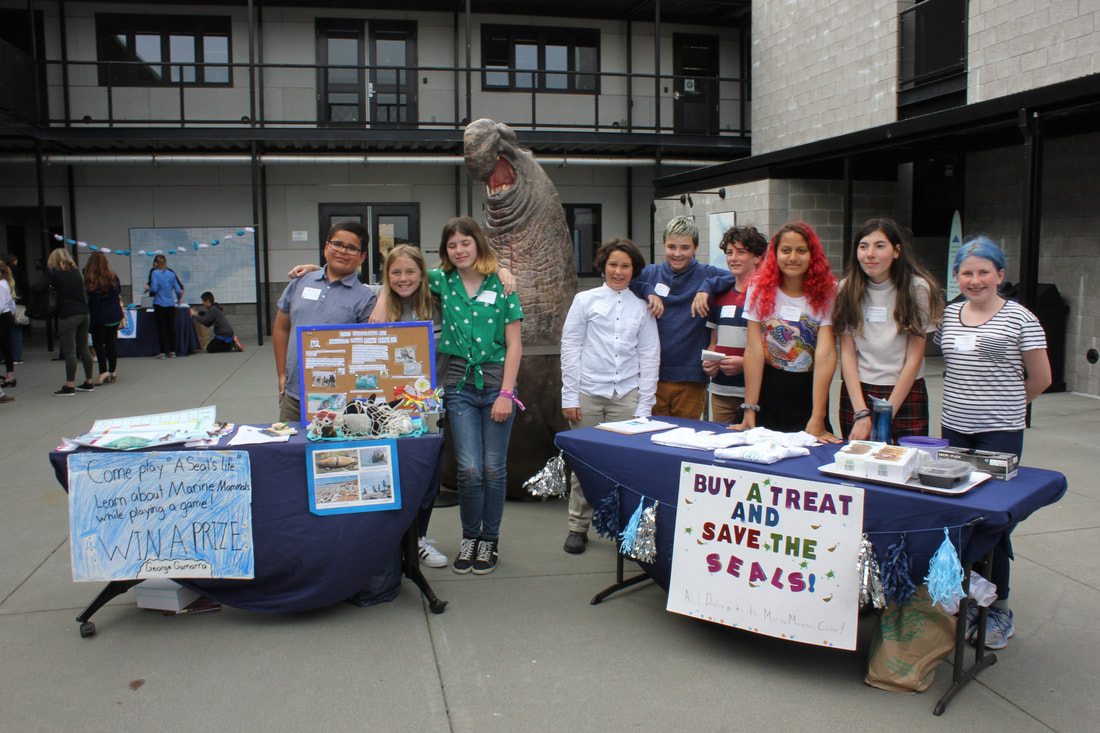




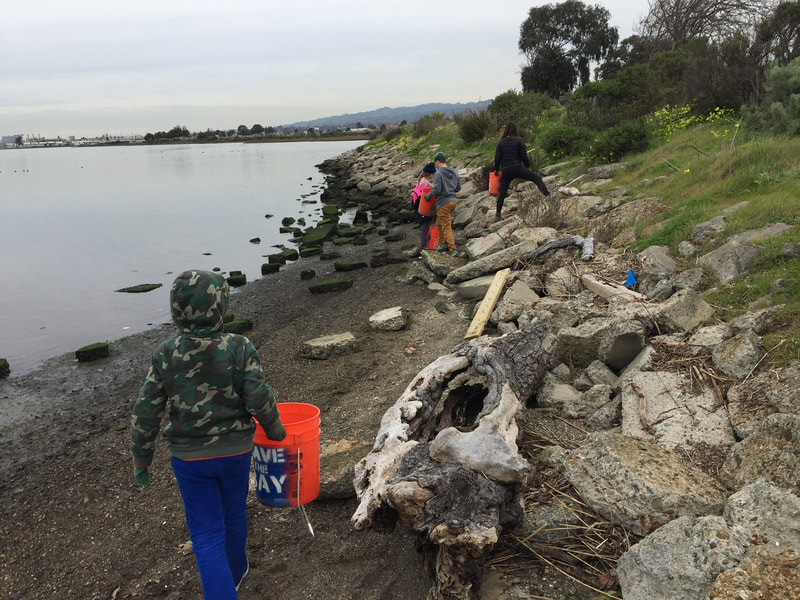





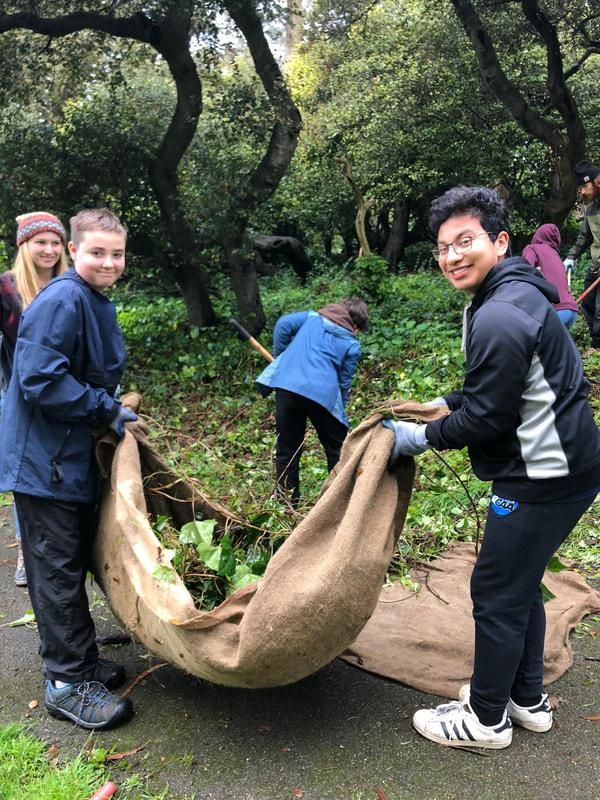
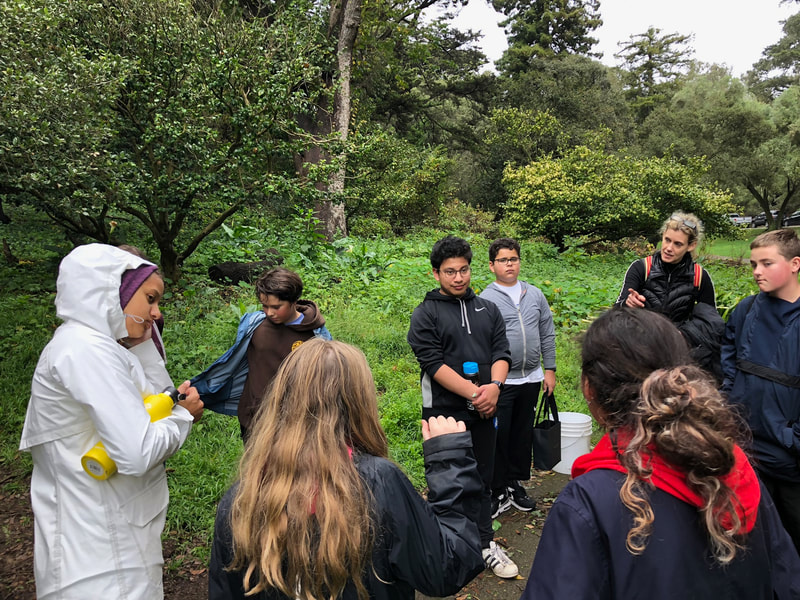









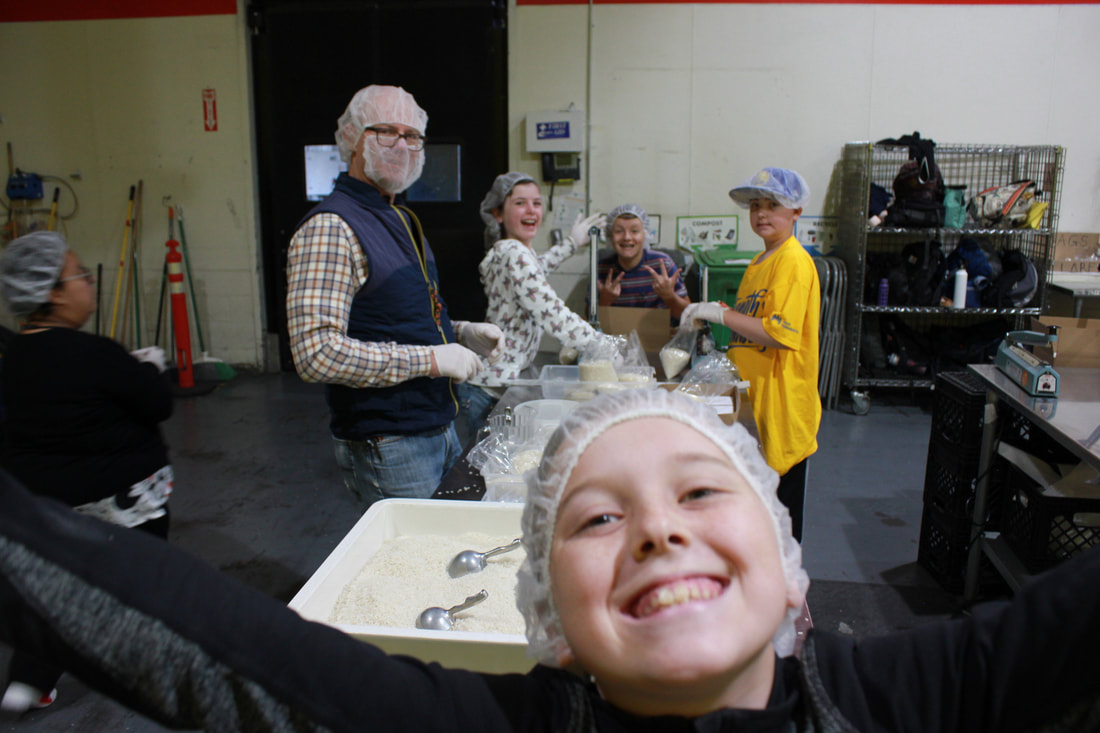







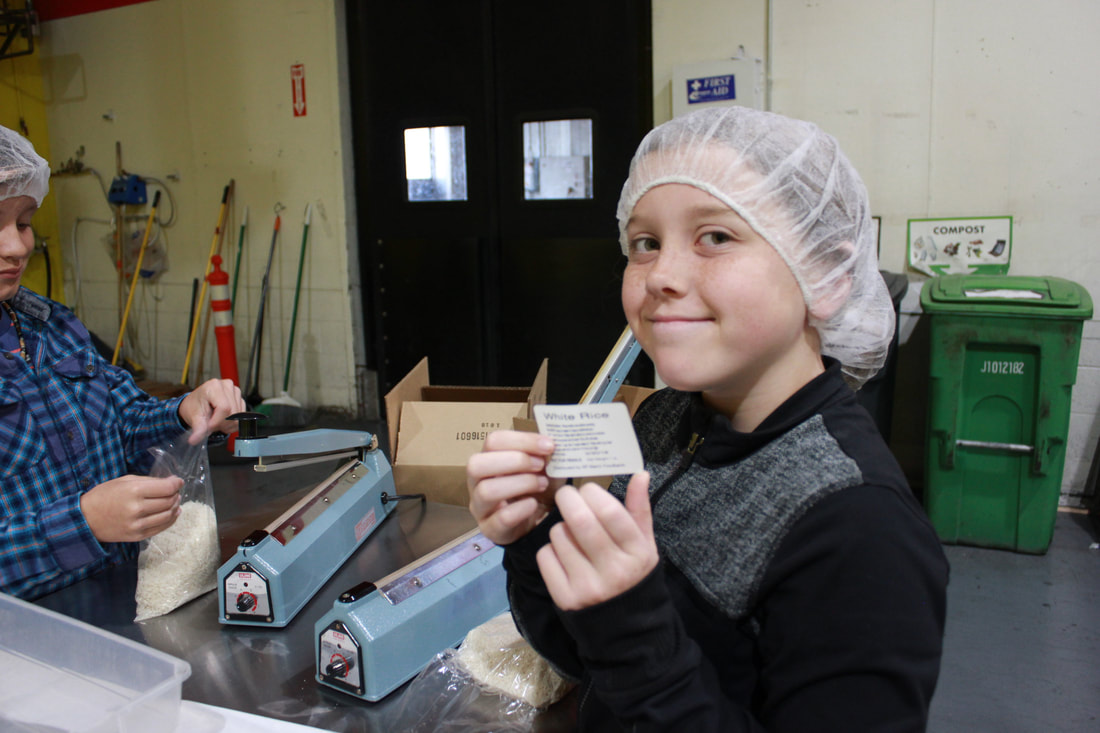

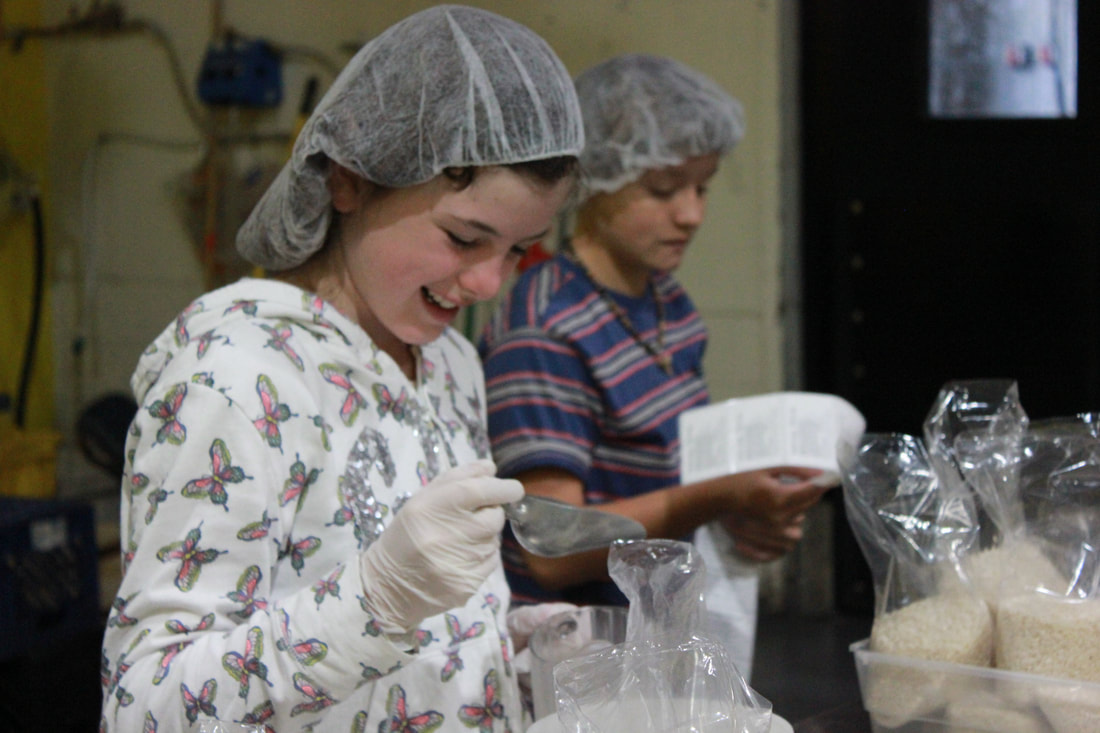






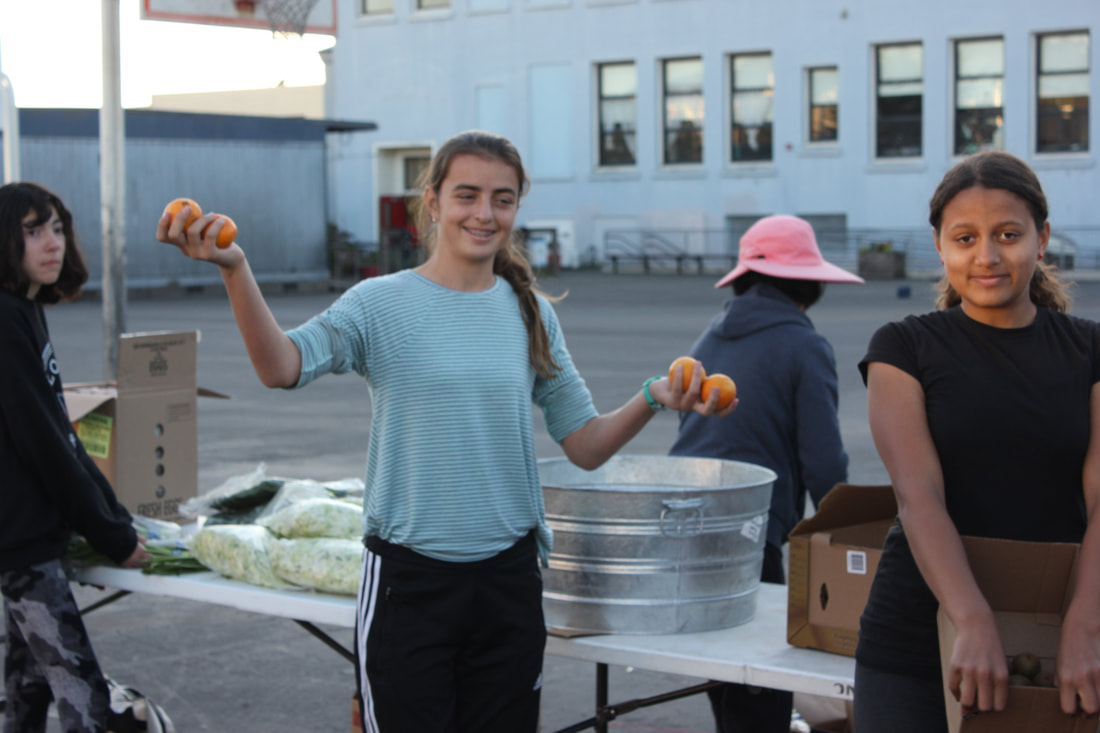


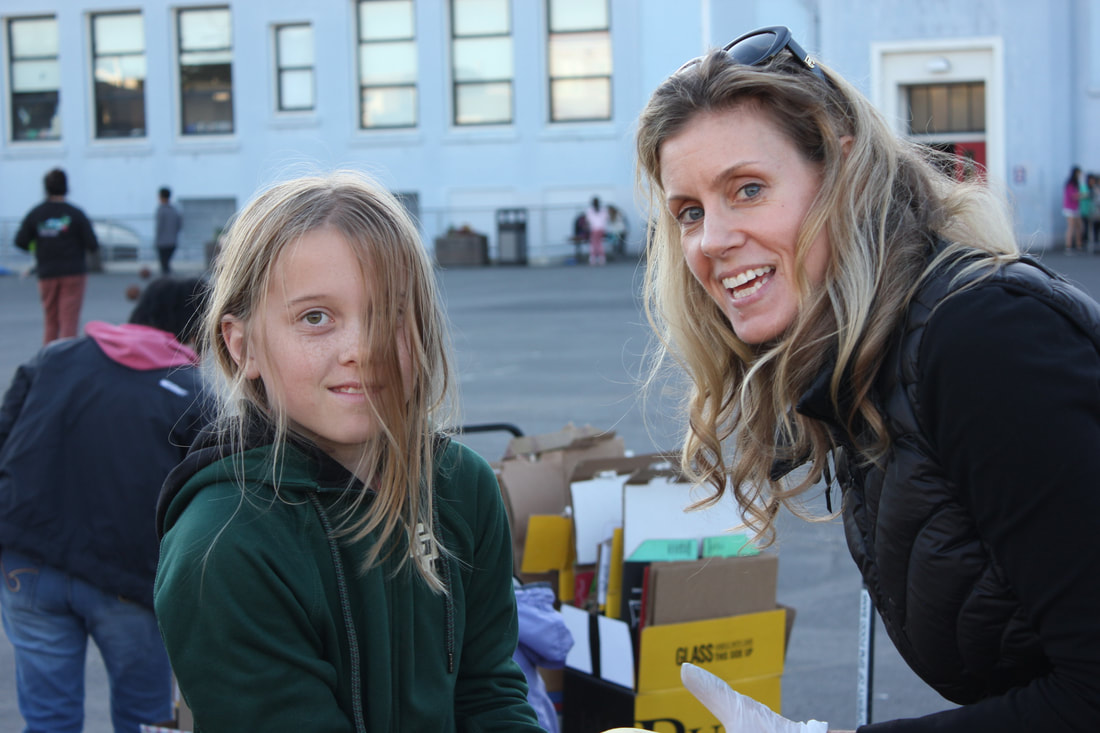

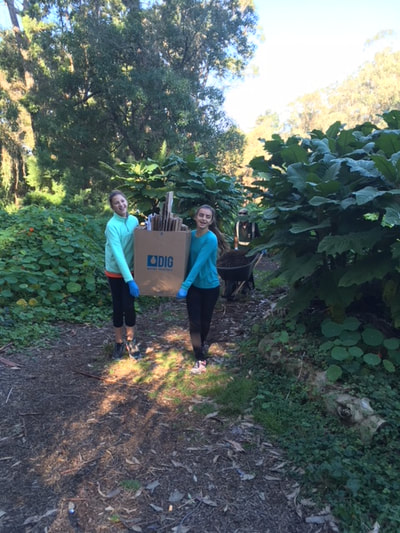


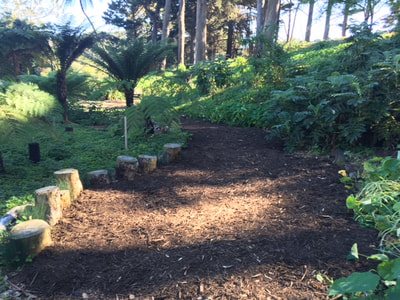


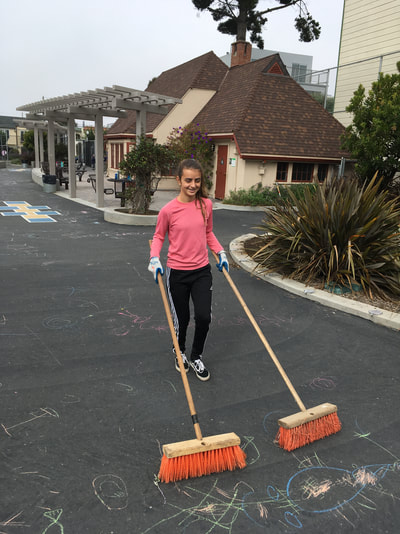





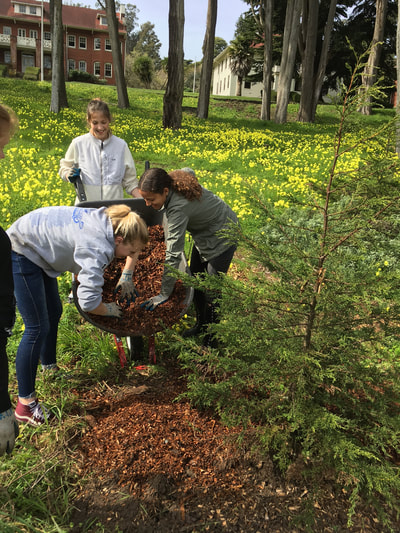
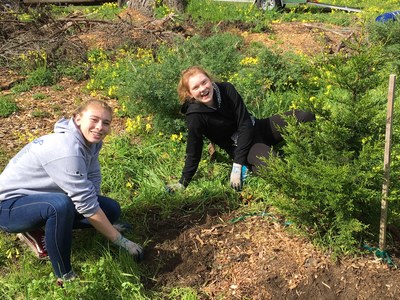

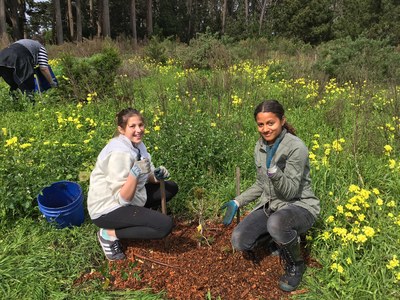


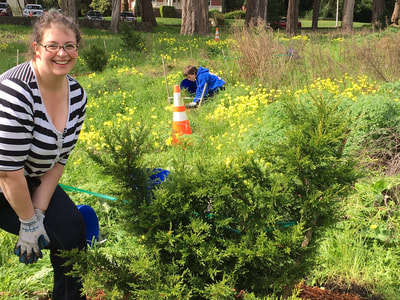

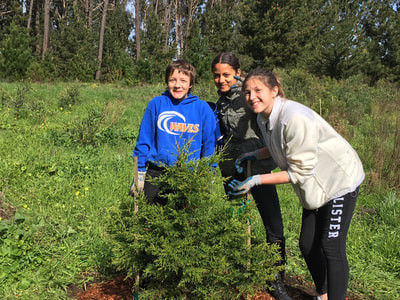
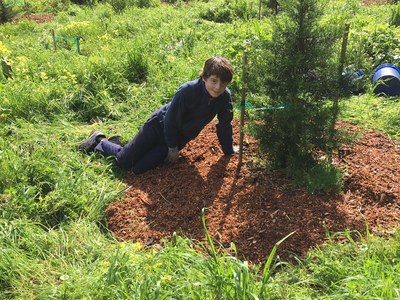






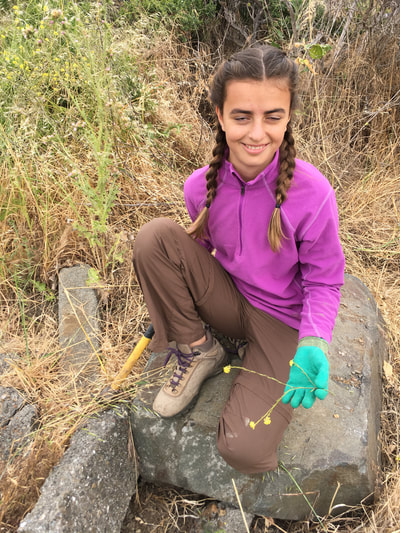

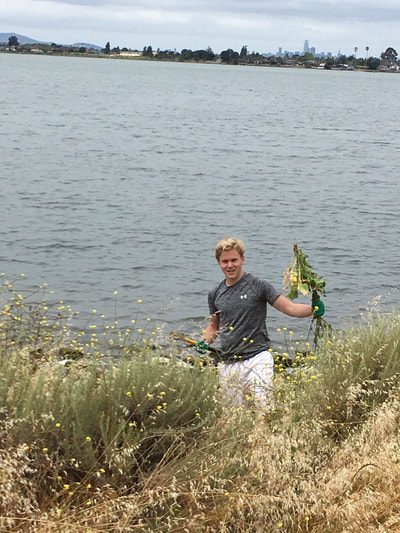




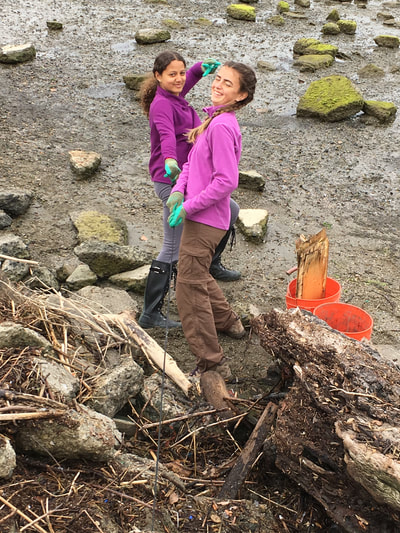











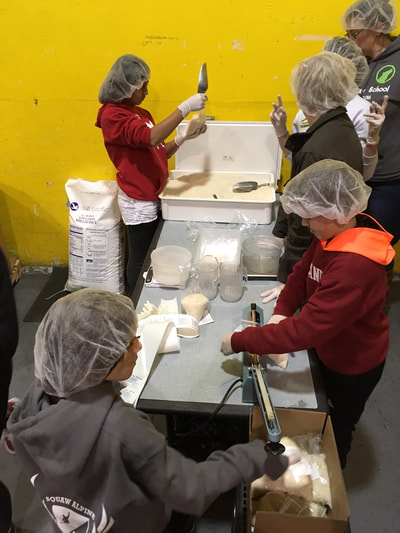
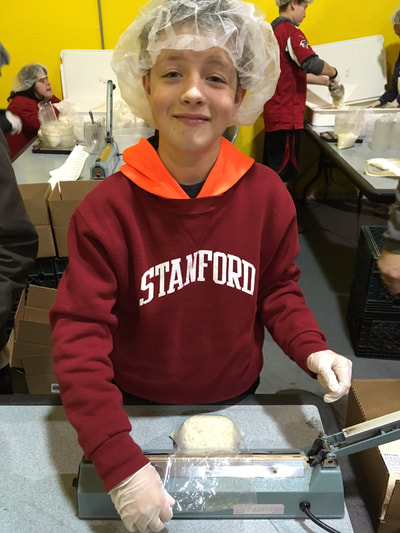




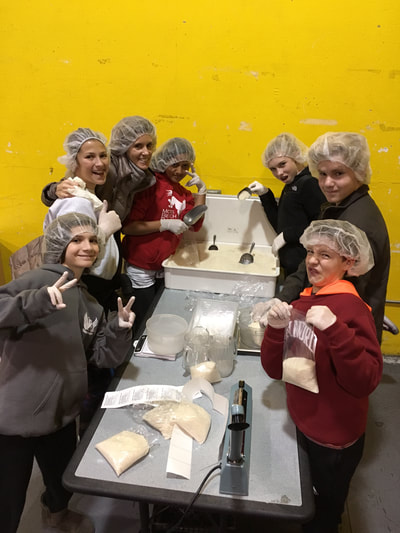
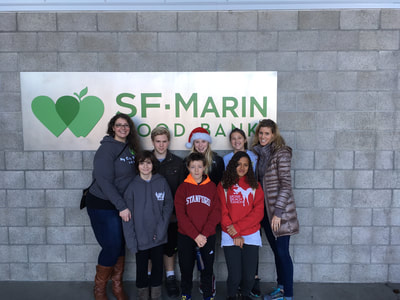





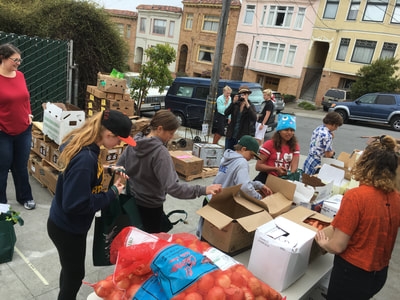





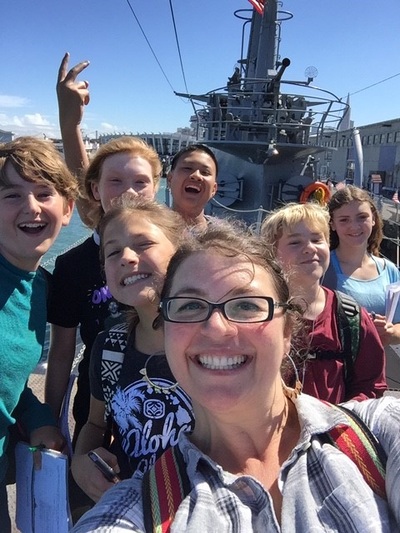


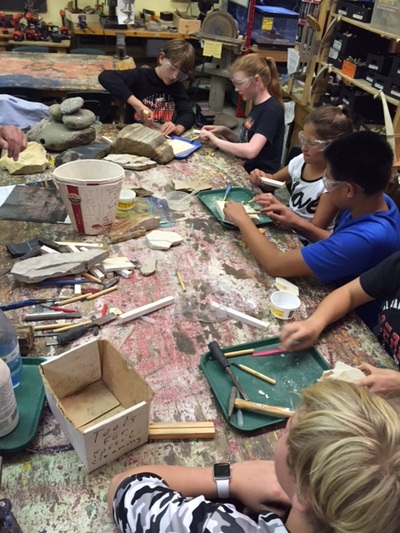









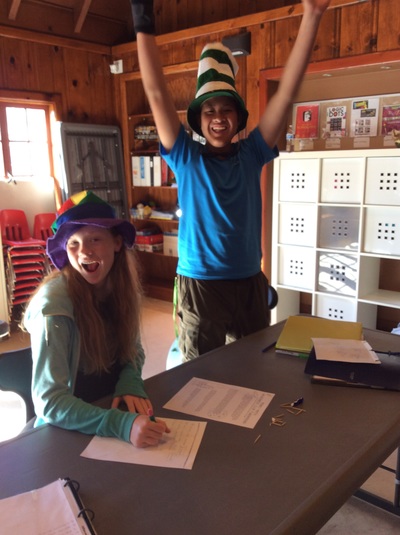

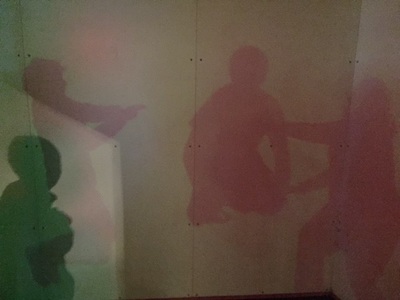

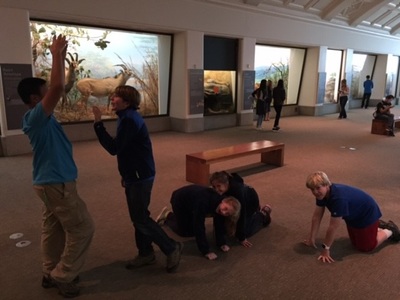



 RSS Feed
RSS Feed